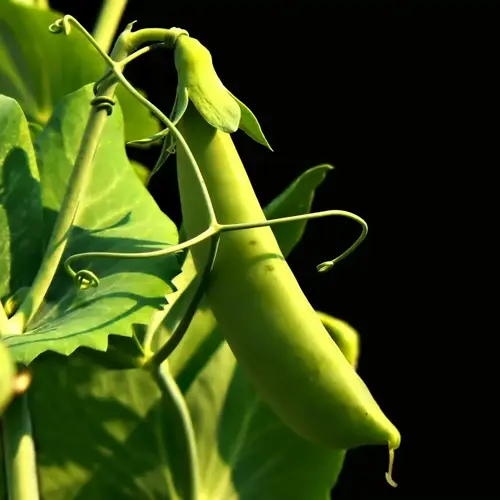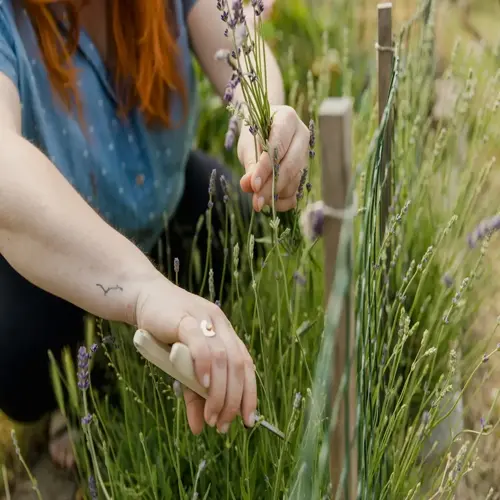Is indoor seed starting recommended for turnips?

Written by
Tina Carter
Reviewed by
Prof. Samuel Fitzgerald, Ph.D.When grown indoors, turnips present unique challenges due to their sensitive root systems. It is usually better to direct sow turnips, as transplanting can shock the sensitive roots, and they may not grow properly. It's actually how I learned the hard way about the drawbacks of indoor sowing for turnips. My indoor turnips produced weird, deformed roots. I now only utilize indoor sowing for places with extremely short growing seasons.
Container Requirements
- Use biodegradable pots to prevent root disturbance
- Ensure 4-inch depth for proper taproot formation
- Maintain 60-70°F soil temperature
- Provide 14 hours of daily light
Transplant Preparation
- Harden off seedlings over 7-10 days
- Transplant during cool evening hours
- Keep root balls completely intact
- Water immediately with vitamin B1 solution
Transplant shock presents with defined symptoms. Symptoms to look for include wilting within 24 hours, slow growth, and forked roots. To minimize stress, do not keep seedlings inside longer than 3 weeks maximum. I always start seeds in coir pots that will break down naturally, causing less root distress during transplanting.
Hardening off is a step where you consider the temperature of their transition. You should start with 1 hour outside in the shade and increase it from there every day. Initial exposure to wind and direct sun makes them harder. Plan your transplant for an overcast day or late afternoon. I put temporary shade cloth over them for 3 days after transplanting to make the transition easier for them.
Root Development Benefits
- Prevents taproot deformation
- Avoids transplant stress response
- Allows natural depth adjustment
- Reduces fungal infection risk
Practical Considerations
- Eliminates indoor equipment costs
- Saves 3-4 weeks of indoor care
- Simplifies succession planting
- Reduces labor requirements
For areas where you wish to get started early, combine methods to achieve the most success possible. Start only 10% of seeds indoors as insurance, in case of poor germination. Use cloches or cold frames when planting early outdoors. I have had success with soil-warming cables under raised beds for direct early sowing.
Read the full article: When to Plant Turnips for Best Results

